Exhibition One Hundred Years’ History of Nonviolence and Peace in Turin
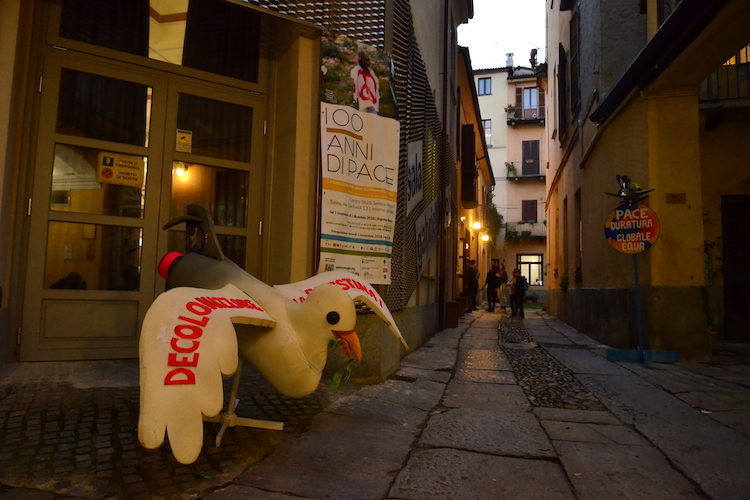
A dove, symbol of peace, at the entrance of the exhibition to attract visitors (Photo: Enzo Gargano)
The 20th century was characterised by the violence of two World Wars, and by several genocides and countless massacres. But it also hosted the novelty of nonviolence as a political doctrine and as an active collective practice which has resulted in new strategies and methods of struggle. Some years ago, the Centro Studi Sereno Regis initiated a research project and started a collection of historical material that bear witness and document the development of forms of nonviolent struggle and resistance in the 20th century, aiming at building a more peaceful world. This research has led us to develop a project addressed at civil society and especially at young people which includes a photographic exhibition that shows a historical narrative little known so far. The exhibition is entitled One Hundred Years’ History of Nonviolence and Peace: A trans-medial exposition to highlight a counter-history of the last century. Through a variety of photos, posters, video and audio-documents that illustrate events, activities, and personal stories, it aims to develop awareness that each person has a positive power to get out of the state of impotence and passivity in the face of events that seem to overwhelm them. Single individuals as well as communities can develop a positive power to face conflicts and struggles by nonviolent means.
The exhibition is organised in three thematic sections and two transversal perspectives. No to war (1st section): going beyond the notion of ‘enemy’. This part is about peace inside war during the two World Wars; civil resistance during Nazism and Fascism; nonviolent movements and actions against militarism and in favour of conscientious objection; anti-nuclear movements; resistance to wars in Vietnam, the Balkans, and Iraq, and examples of civil intervention in conflicts during the last twenty years.
‘Satyagraha’ (2nd section): the power of nonviolence to build justice. Nonviolent and civil resistance against colonialism; movements for civil rights and for economic and social justice; nonviolent resistance against occupations, tyrannies and totalitarian regimes. ‘Gaia – our common home’ (3rd section): to make peace with nature. This part is about resistance against violence of socio-eco-systems: campaigns against industrial pollution, movements to stop large dams and land-grabbing; initiatives and laws for animal rights; development of eco-feminism; defence of indigenous peoples and protection of climate stability. The transversal perspectives are (1) the nonviolent approach of women to peace and (2) the struggle against the human and environmental risks of nuclear power. During the exhibition, students from a local school gave performances about some of the most important protagonists included in the exhibition which was held from 2nd November until 2nd December. For information about the Centre, click here.
Fonte: INMP Newsletter 25 Jan 11 2019

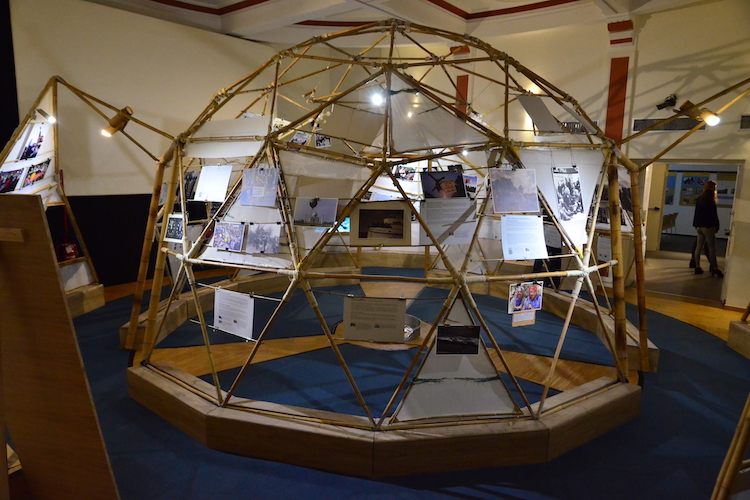
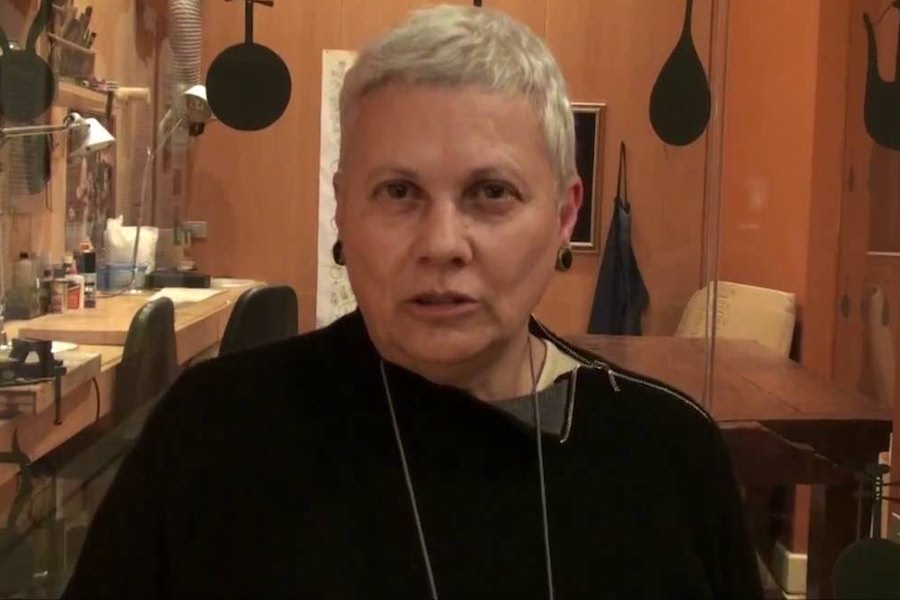
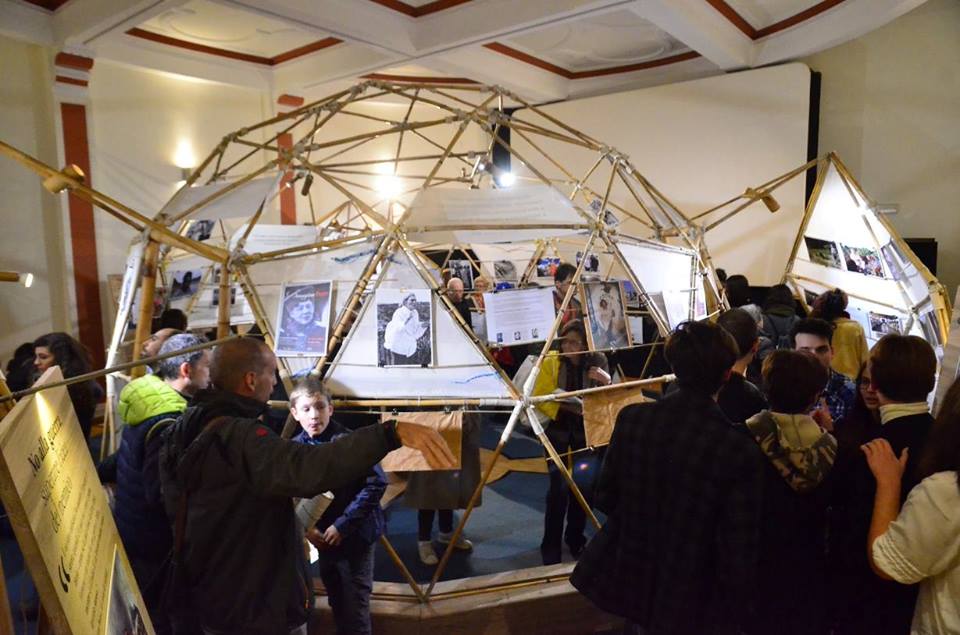
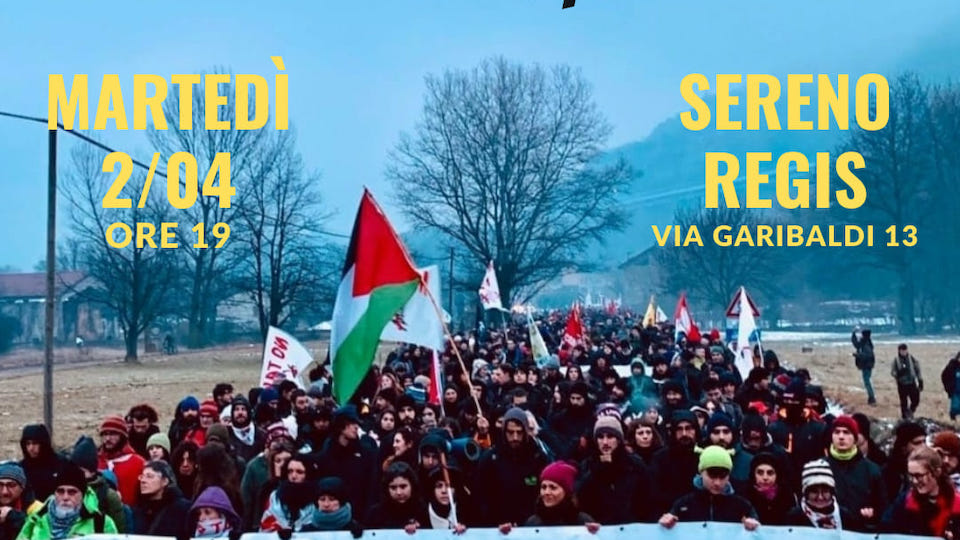
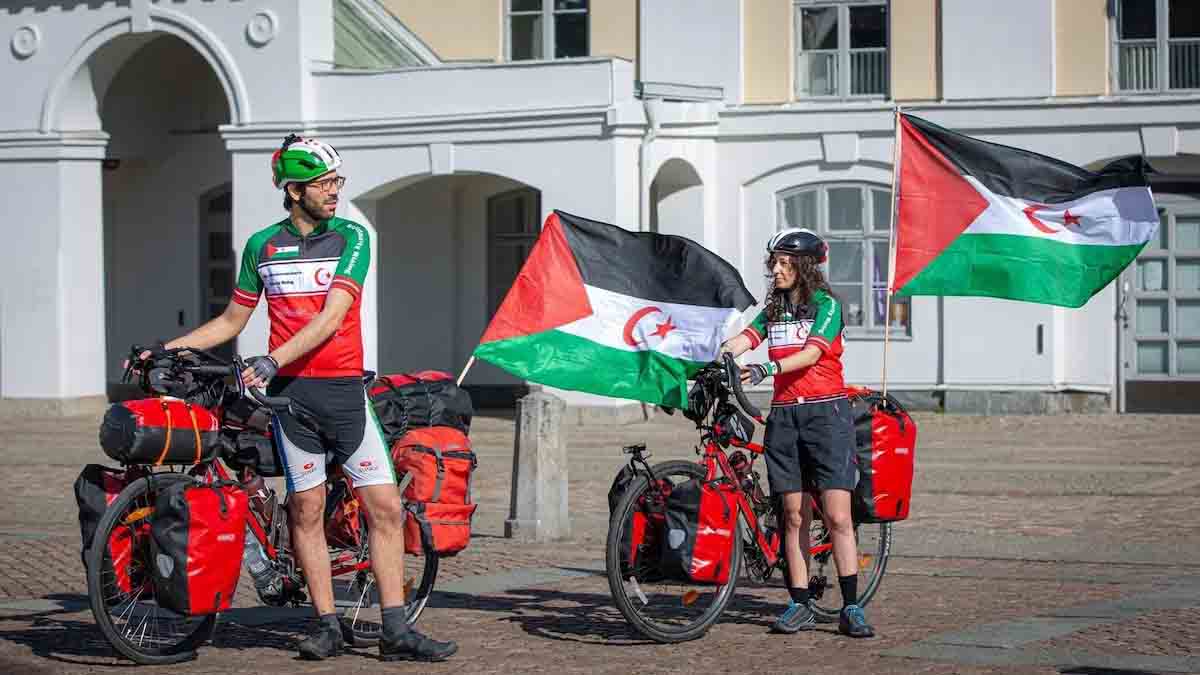




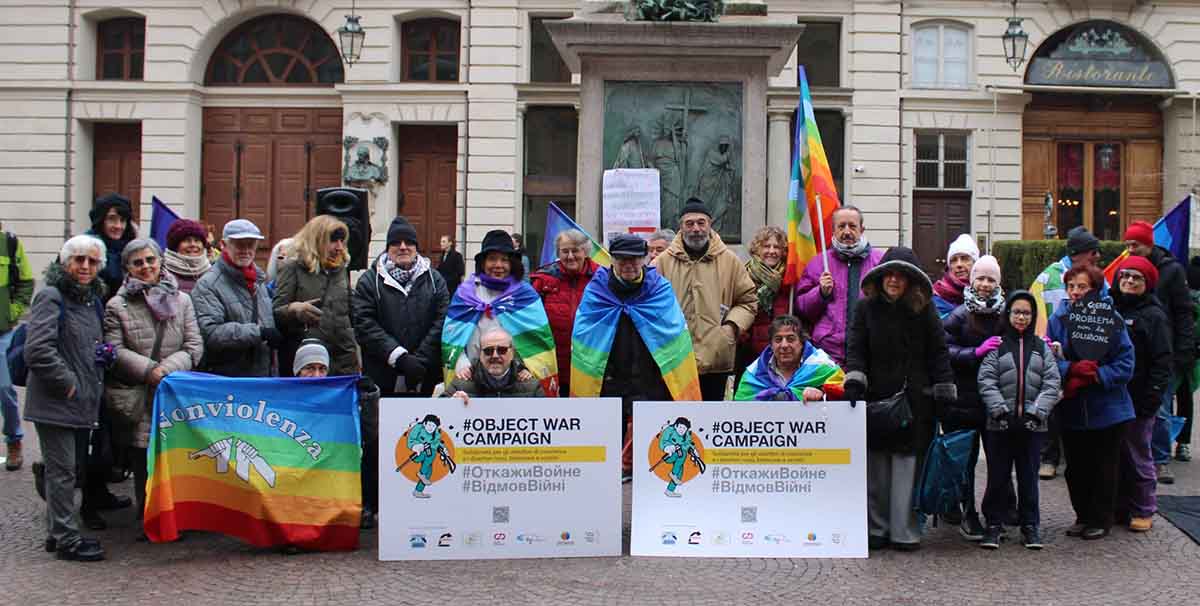
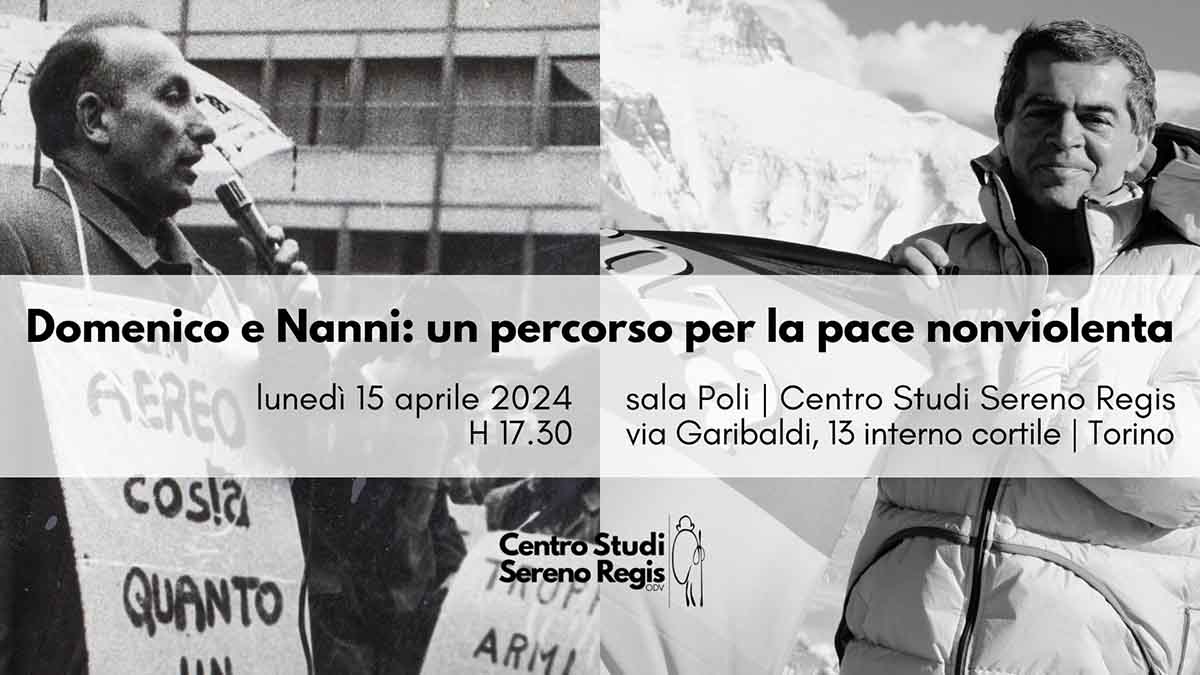


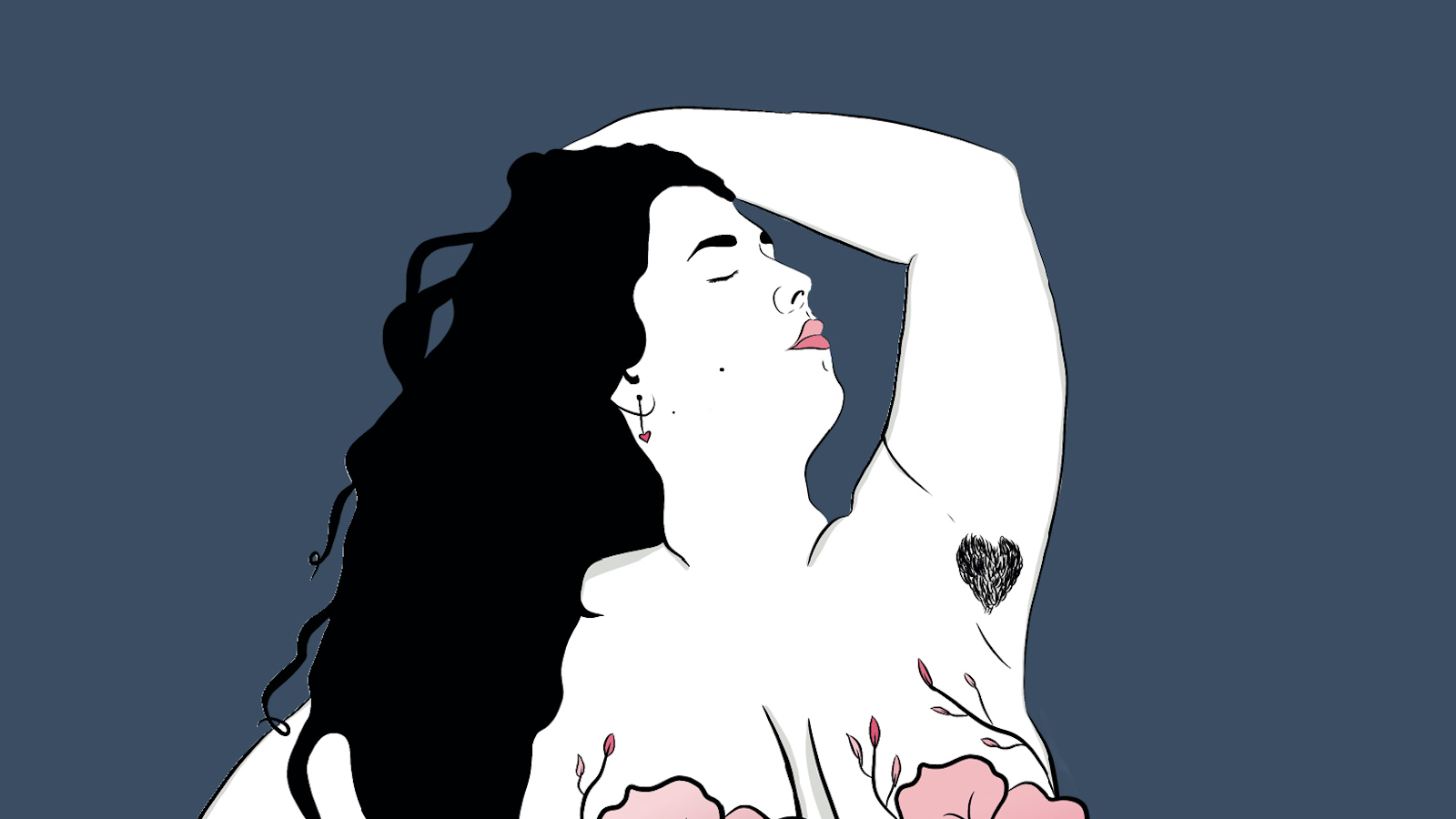
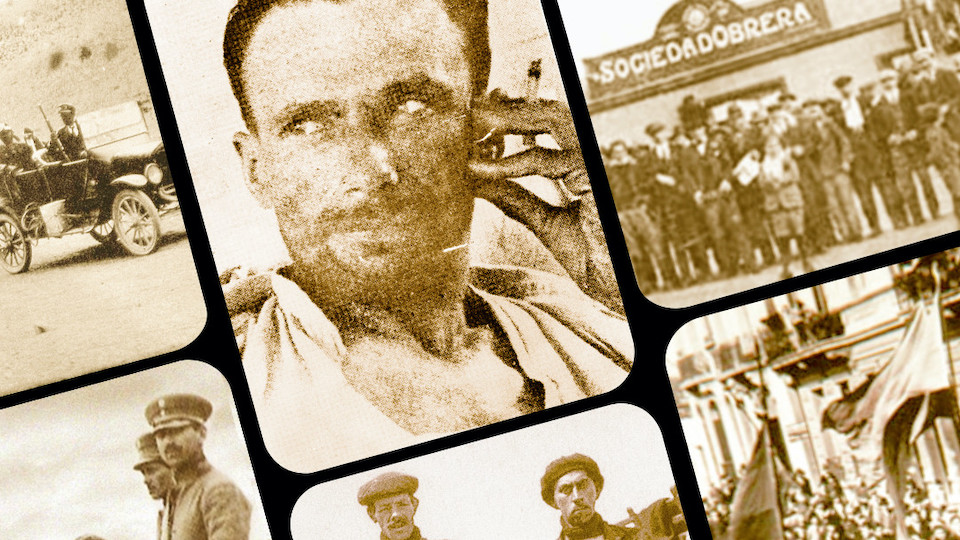
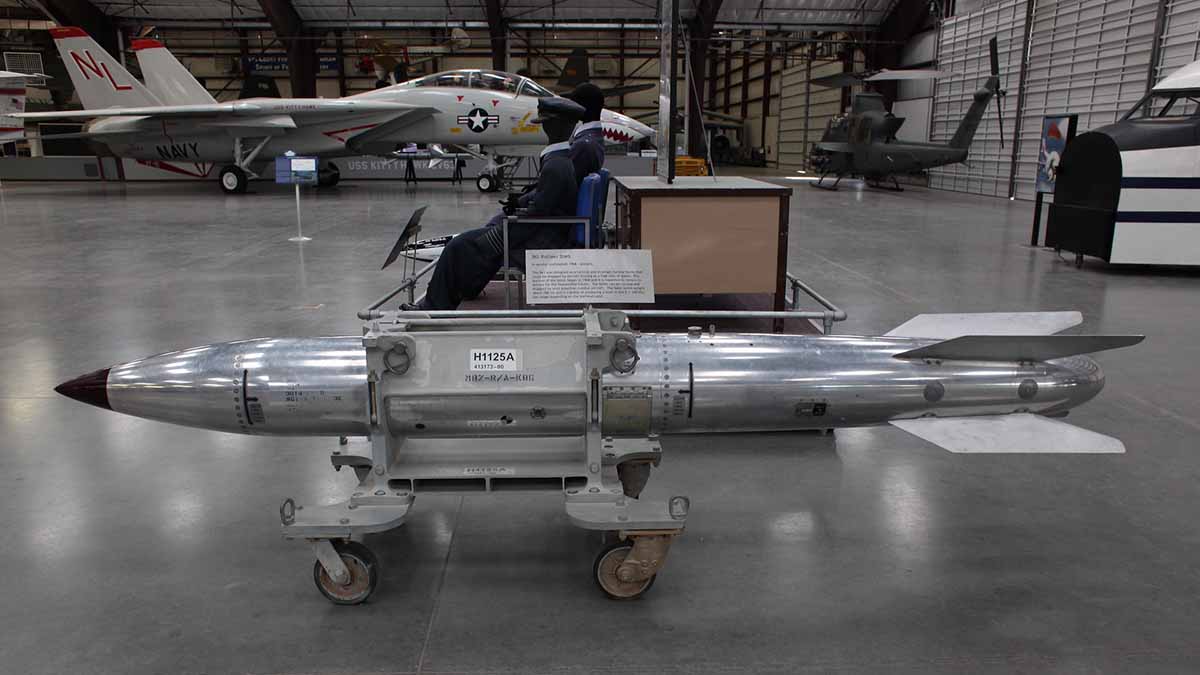
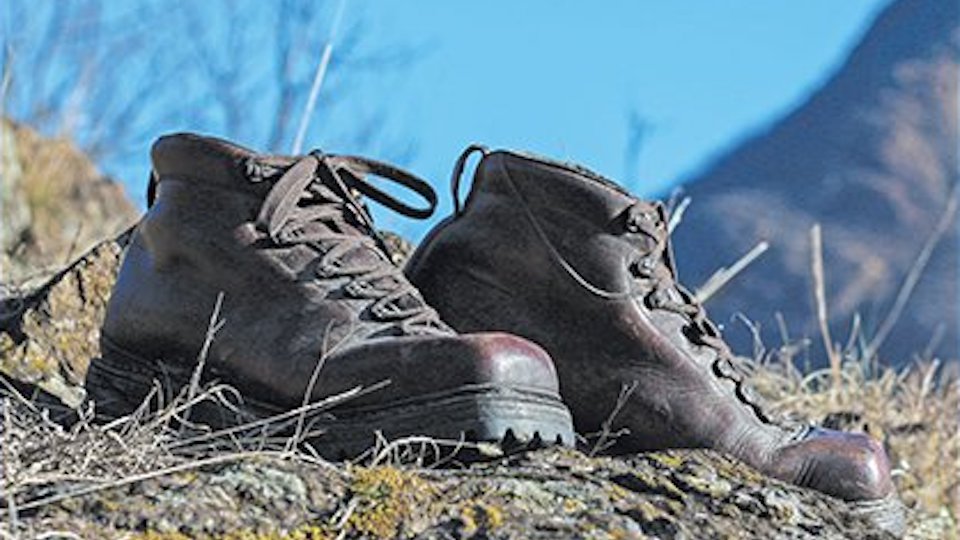
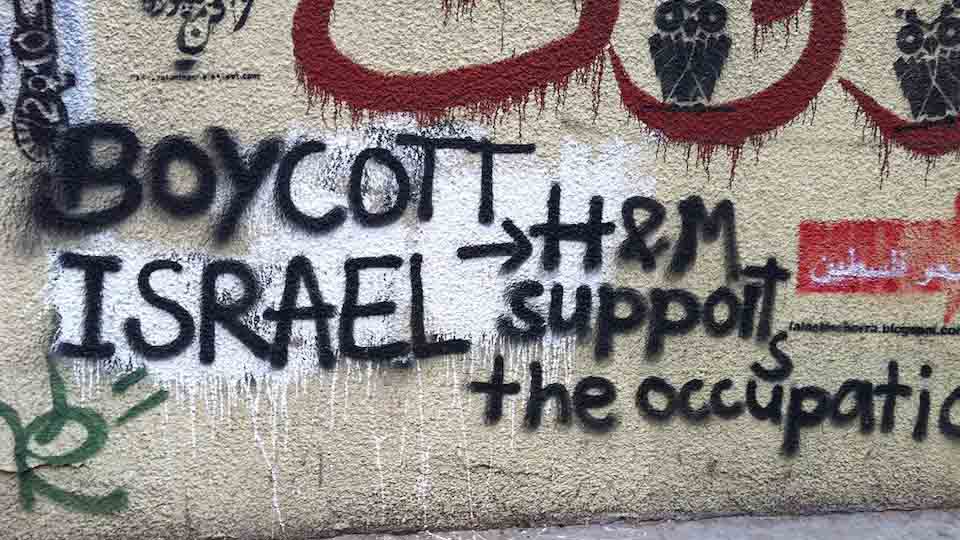






Lascia un Commento
Vuoi partecipare alla discussione?Sentitevi liberi di contribuire!